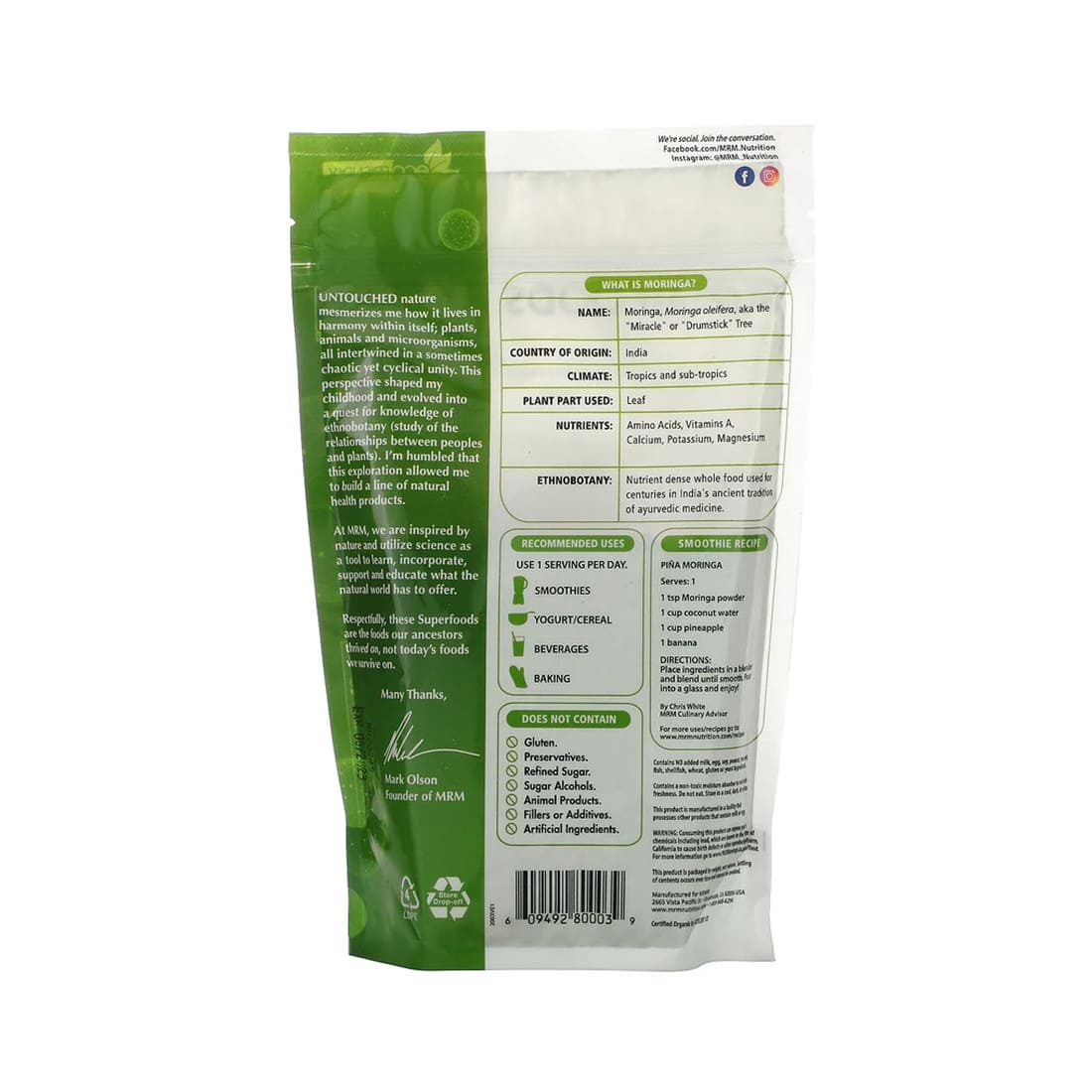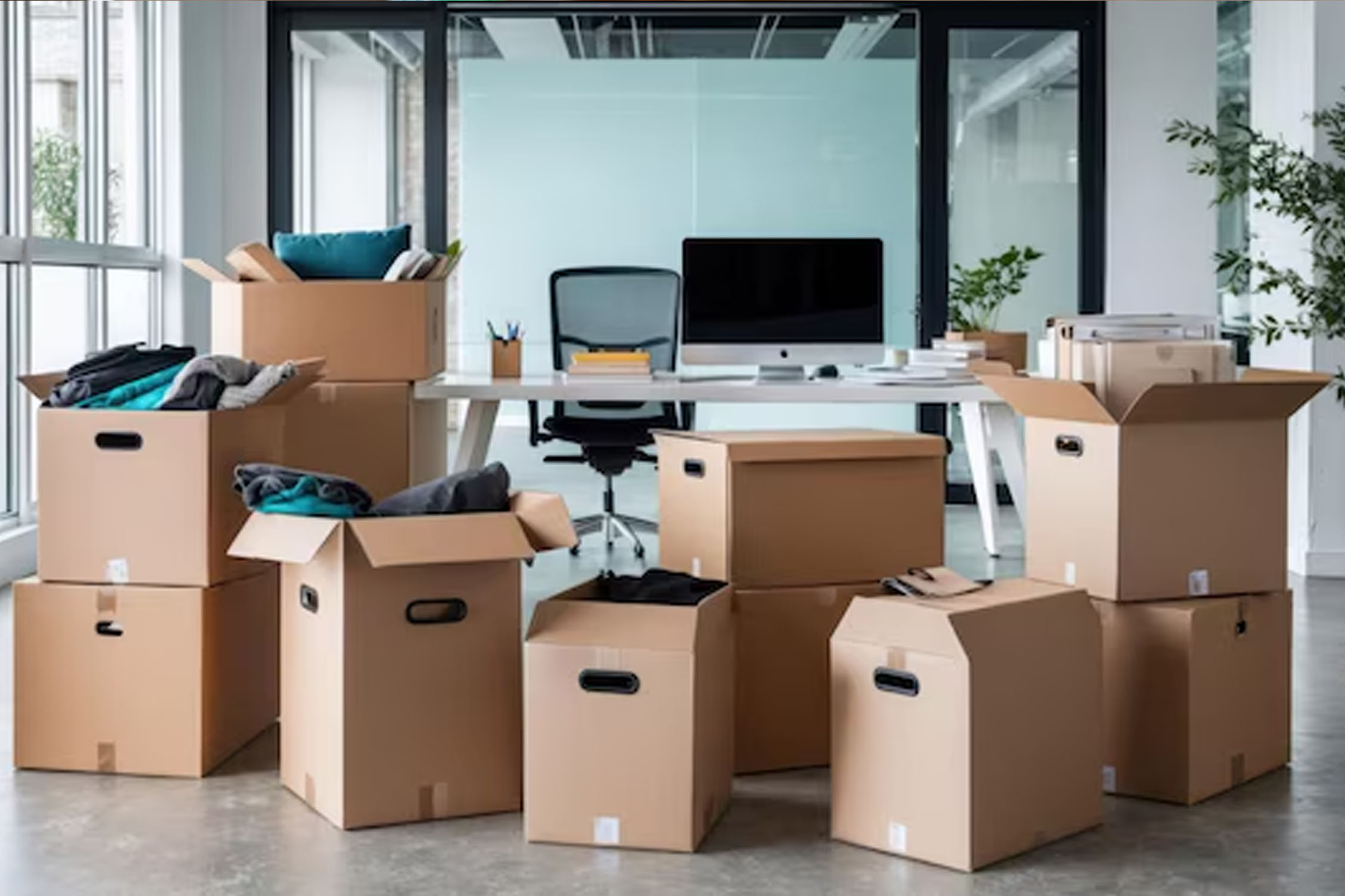Relocating office furniture and goods can be a complex task, requiring careful planning, proper equipment, and experienced professionals to ensure everything is moved safely and efficiently. Here's a breakdown of what a relocation of office furniture and goods service typically involves:
1. Planning and Preparation
- Site Assessment: The service provider will likely perform an on-site assessment to understand the layout of both the current office and the new office. This helps to plan for the most efficient way to move everything.
- Inventory of Office Goods: A complete inventory is made of all furniture, electronics, equipment, files, and supplies that need to be relocated. This ensures nothing is left behind and helps with organizing the move.
- Packing Plan: Determine what will be packed and if any items require special packing (e.g., computers, printers, fragile items, or artwork).
2. Disassembly and Packing
- Furniture Disassembly: Larger items like desks, cabinets, and conference tables may need to be disassembled to make the move easier and prevent damage.
- Packing Materials: Professional movers use high-quality packing materials (like bubble wrap, furniture pads, and boxes) to protect furniture, electronics, and office supplies during the move.
- Specialty Packing: Fragile or high-value items like computers, monitors, printers, or sensitive documents may require specialized packing to avoid damage.
3. Moving and Transport
- Loading and Transporting: The furniture and goods are carefully loaded onto moving trucks, typically with padding to prevent scratches or dents. Movers will then transport everything to the new location.
- Large Items Handling: For especially large or heavy furniture, special equipment such as dollies, cranes, or lifts might be used to get things into the new building without damage.
4. Unpacking and Reassembly
- Unpacking: Upon arrival at the new location, the movers will unload everything and unpack office goods as needed. They may place furniture in designated areas according to the pre-arranged plan.
- Reassembly: Any items that were disassembled will be reassembled (e.g., desks, workstations, shelving, etc.) so your office is ready for use as quickly as possible.
5. Setup and Organization
- Office Setup: Some services may also include setting up furniture in the new space, arranging workstations, and connecting electronics (computers, phones, etc.).
- Cable Management: For offices with a lot of electronics, movers can help organize cables and wires to keep the workspace neat and functional.
6. Additional Services
- Temporary Storage: If there's a gap between moving out and moving into the new office, temporary storage can be arranged.
- Disposal and Recycling: If you're replacing old office furniture or equipment, many relocation companies offer disposal or recycling services to help you get rid of unwanted items.
- IT Setup and Disconnecting Services: Some companies also provide IT relocation services, where they disconnect and reconnect computers, servers, and other equipment to ensure a smooth transition.
Benefits of Hiring a Professional Office Relocation Service:
- Efficiency: A professional team will have the experience and tools to complete the move quickly and safely.
- Minimized Disruption: Since office moves can be disruptive to daily operations, hiring experts allows you to minimize downtime and ensure a smooth transition with minimal interruption to business operations.
- Risk Management: Professionals have the right equipment and techniques to handle heavy, bulky, or fragile office items, reducing the risk of damage or injury.
















 Courier Service
Courier Service